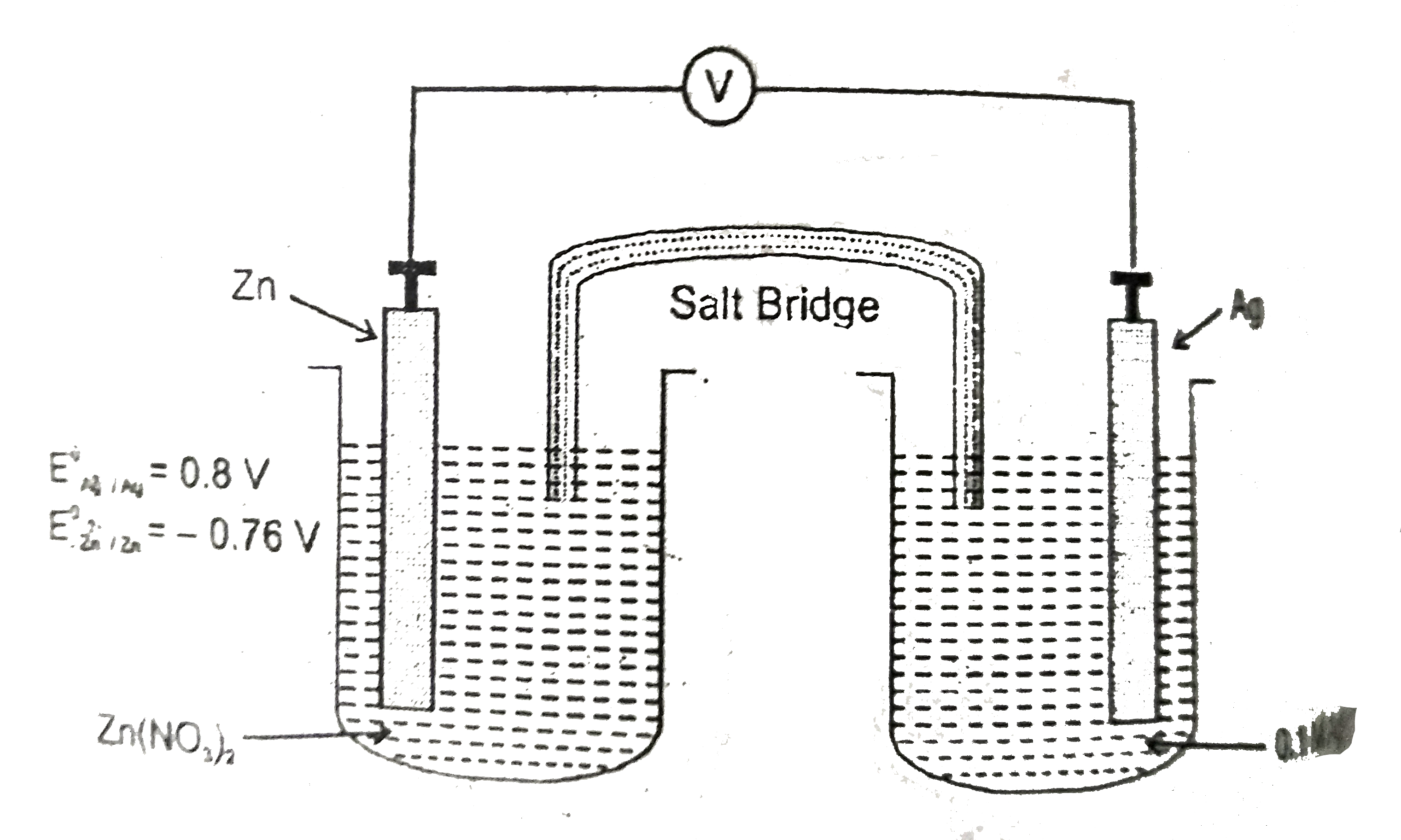The entire process of photosynthesis consists of a number of reactions. Where in the cell do each of these take place ?
(a) Synthesis of ATP and NADPH……….
(b) Photolysis of water ……….
( c) fixation of CO2……..
(d) Synthesis of sugar molecule ......
(e) Synthesis of starch......
To answer the question about where each part of the photosynthesis process takes place in the cell, we can break it down into the following steps:
1. Synthesis of ATP and NADPH:
- This process occurs on the outer side of the thylakoid membrane within the chloroplasts. During the light-dependent reactions of photosynthesis, light energy is converted into chemical energy in the form of ATP and NADPH.
2. Photolysis of Water:
- The photolysis of water, which is the splitting of water molecules using light energy, takes place on the inner side of the thylakoid membrane. This reaction is crucial as it provides the electrons needed for the electron transport chain.
3. Fixation of CO₂:
- The fixation of carbon dioxide occurs in the stroma of the chloroplast. This is part of the light-independent reactions (Calvin cycle), where CO₂ is converted into organic molecules.
4. Synthesis of Sugar Molecule:
- The synthesis of sugar molecules also occurs in the stroma of the chloroplast. This is where the products of the Calvin cycle are used to form glucose and other carbohydrates.
5. Synthesis of Starch:
- The synthesis of starch takes place in the cytoplasm of the cell. Starch is a storage form of glucose, and it is synthesized from glucose molecules produced during photosynthesis.
Summary of Locations:
- (a) Synthesis of ATP and NADPH: Outer side of the thylakoid membrane
- (b) Photolysis of water: Inner side of the thylakoid membrane
- (c) Fixation of CO₂: Stroma of the chloroplast
- (d) Synthesis of sugar molecule: Stroma of the chloroplast
- (e) Synthesis of starch: Cytoplasm of the cell
- This process occurs on the outer side of the thylakoid membrane within the chloroplasts. During the light-dependent reactions of photosynthesis, light energy is converted into chemical energy in the form of ATP and NADPH.
- The photolysis of water, which is the splitting of water molecules using light energy, takes place on the inner side of the thylakoid membrane. This reaction is crucial as it provides the electrons needed for the electron transport chain.
- The fixation of carbon dioxide occurs in the stroma of the chloroplast. This is part of the light-independent reactions (Calvin cycle), where CO₂ is converted into organic molecules.
- The synthesis of sugar molecules also occurs in the stroma of the chloroplast. This is where the products of the Calvin cycle are used to form glucose and other carbohydrates.
- The synthesis of starch takes place in the cytoplasm of the cell. Starch is a storage form of glucose, and it is synthesized from glucose molecules produced during photosynthesis.
- (a) Synthesis of ATP and NADPH: Outer side of the thylakoid membrane
- (b) Photolysis of water: Inner side of the thylakoid membrane
- (c) Fixation of CO₂: Stroma of the chloroplast
- (d) Synthesis of sugar molecule: Stroma of the chloroplast
- (e) Synthesis of starch: Cytoplasm of the cell
Topper's Solved these Questions
- PHOTOSYNTHESIS IN HIGHER PLANTSBOOK - NCERT EXEMPLAR ENGLISHCHAPTER - PHOTOSYNTHESIS IN HIGHER PLANTSEXERCISE - Short Answer Type Question
20 Videos
- NEURAL CONTROL AND CO-ORDINATIONBOOK - NCERT EXEMPLAR ENGLISHCHAPTER - NEURAL CONTROL AND CO-ORDINATIONEXERCISE - LONG ANSWER TYPE QUESTIONS
3 Videos
- PLANT GROWTH AND DEVELOPMENT BOOK - NCERT EXEMPLAR ENGLISHCHAPTER - PLANT GROWTH AND DEVELOPMENT EXERCISE - Long Answer Type Question
3 Videos
Similar Questions
Knowledge Check
During fixation of one molecule of CO2 by C3 plants, number of ATP and NADPH_(2) required are
A3ATP and 2NADPH2B5ATP and NADPH2C12 ATP and 12NADPH2D2ATP and 3 NADPH2
In photosynthesis , for synthesis of one mole of glucose number of ATP and NADPH2 required is
View Solution(a) Name the part of the chloroplast where the dark reaction of photosynthesis takes place.
(b) Give the technical term for A colourless plastid, in the cytoplasm of plant cells around which starch collects.
View SolutionChoose the events which correctly differentiate non cyclic photophosphorylation from cyclic photo phosphorylation br a. Requirement of an external electron donor, br b. Synthesis of ATP, br C. Photolysis of water, br d. Involvement of PSI , br e-Formation of NADPH
View SolutionSynthesis of DNA takes place in
(a) G2
(b) G1
(c) S
(d) None of these
View Solution
Consider the following electrochemical cell.
(a). Write a balanced net ionic equation for the spontaneous reaction that take place in the cell.
(b). Calculate the standard cell potential E0 for the cell reaction.
(c). If the cell emf is 1.6V what is the concentration of Zn2+?
(d). How will the cell potential be affected if Kl is added to Ag+ half-cell?
View SolutionWater vapour comes out from the plant leaf through the stomatal opening. Through the same stomatal opening carbon dioxide diffuses into the plant during photosynthesis. Reason out the above statements using the following options.
(a) Both processes cannot happen simultaneously.
(b) Both processes can happen together because the diffusion coefficient of CO2and water is different.
(c) The above processes happen only during night time.
(d) One process occurs during day time, and the other at night.
View SolutionGiven below are some of the process which takes place in our ear when we are exposed to any sound. Arrange these in the correct order of sequence.
(a)The eardrum vibrates the transmits the sound wave to the ear ossicles.
(b) Vibration travel from oval window to the fluid of cochlea.
(c) Ripples in the basilar membrane band the hair cell against the tectorial membrane
(d) Generation of waves in the lymphs.
(e ) sound waves are collected
by the pinna.
(f) generation of nerve impulse and transmission through auditory nerves to the brain
View Solution
